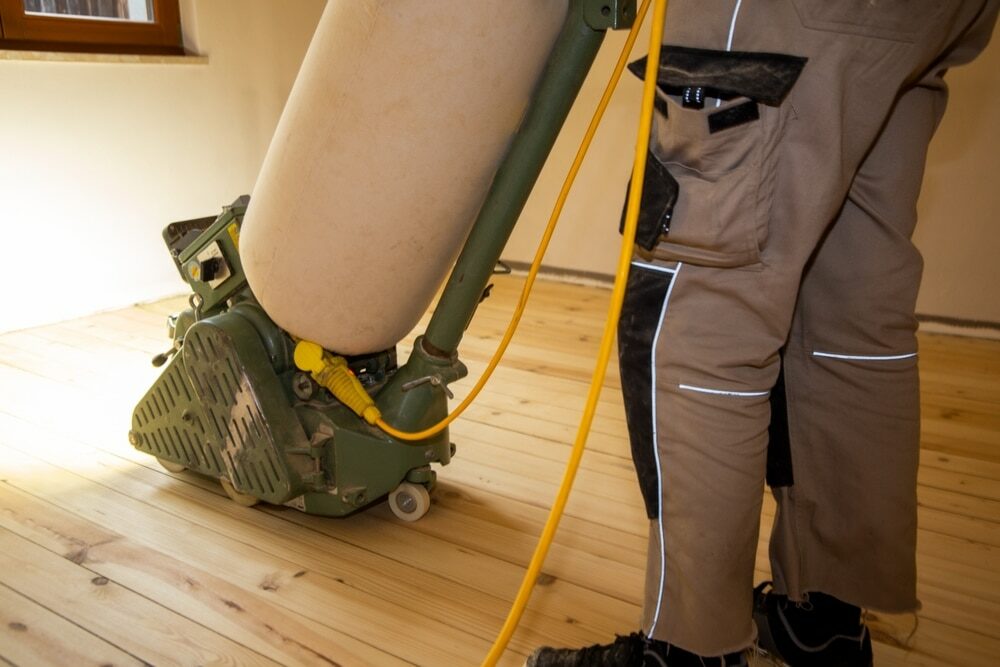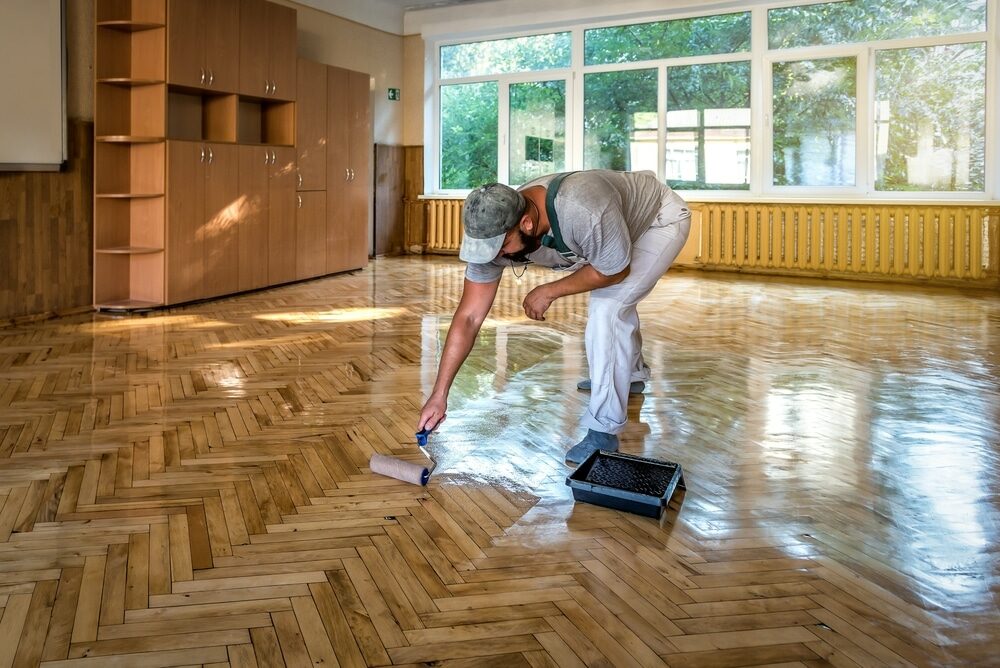London:
Nationwide:
Extend the Life of Your Wooden Floors: Essential Tips for Care
Posted on April 25, 2023
Blog
Maximize the Lifespan of Your Wooden Floors: Expert Tips for Care, Maintenance, and Preservation
Wooden floors have long been a coveted feature in homes, offering warmth, elegance, and a timeless appeal. However, they also require consistent care and maintenance to keep them in tip-top shape. With proper care, wooden floors can last a lifetime, but neglect can lead to scratches, dents, and a faded appearance. In this 3000-word blog post, we’ll explore how to protect your wooden floors, prevent damage, and ensure they retain their beauty for years to come.
Section 1: Choosing the Right Type of Wooden Floor
1.1 Solid Wood vs. Engineered Wood The first step in protecting your wooden floors is to choose the right type of wood. There are two main categories: solid wood and engineered wood. Solid wood floors are made from a single piece of wood, while engineered wood is composed of multiple layers of wood veneers. Each type has its own set of benefits and drawbacks, so it’s essential to choose the one that best suits your needs and lifestyle. 1.2 Hardwood vs. Softwood Another important factor to consider is the type of wood itself. Hardwood and softwood floors differ in their durability, with hardwoods generally being more resistant to wear and tear. Examples of popular hardwoods include oak, maple, and walnut, while softwoods include pine, fir, and cedar. 1.3 Wood Grades Wood grades are also crucial when selecting wooden floors. They range from clear grade (with minimal knots and colour variations) to rustic grade (featuring knots, cracks, and colour variations). Choosing the right grade depends on your aesthetic preferences and the desired level of durability.
Section 2: Establishing a Maintenance Routine
2.1 Regular Cleaning The key to preserving your wooden floors is regular cleaning. Sweeping or vacuuming daily will help remove dust and dirt, which can cause scratches and wear down the finish. Be sure to use a soft-bristled broom or a vacuum cleaner specifically designed for hard floors. 2.2 Damp Mopping Damp mopping is another essential part of your maintenance routine. However, it’s important not to use excessive water, as this can cause the wood to swell and warp. Instead, use a slightly damp microfiber mop and a gentle cleaning solution designed for wooden floors. 2.3 Removing Stains and Spills Act quickly when dealing with spills and stains. Blot them up immediately with a clean, dry cloth to prevent them from penetrating the wood. For stubborn stains, use a wood-specific cleaner and follow the manufacturer’s instructions.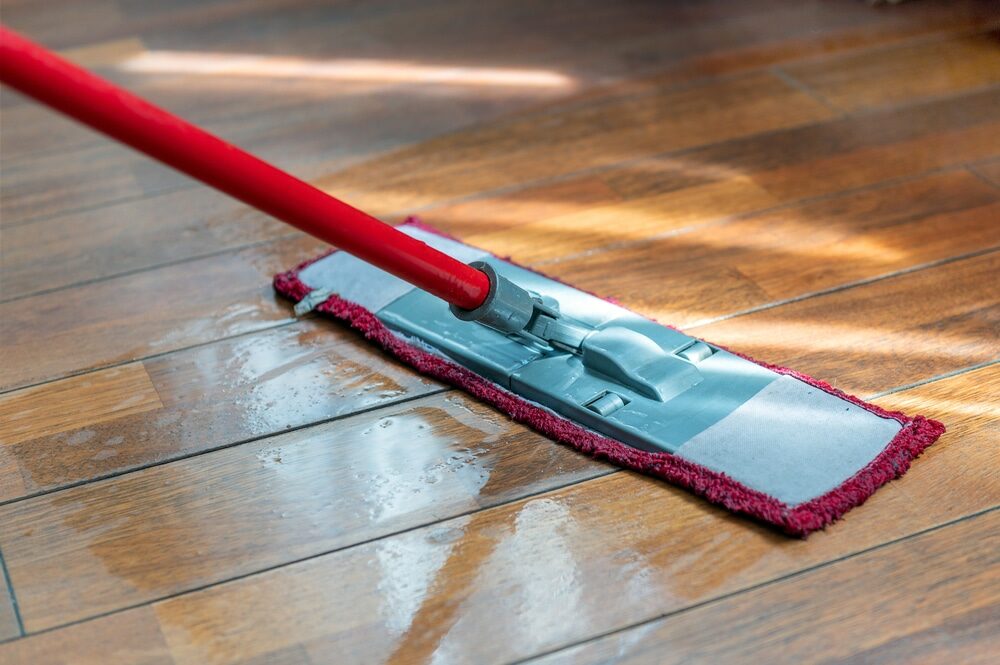
Section 3: Preventing Damage
3.1 Protective Pads and Rugs Use protective pads and rugs in high-traffic areas and under heavy furniture to prevent scratches and dents. Be sure to choose pads and rugs with a non-slip backing, and avoid rubber or vinyl materials, as they can cause discoloration. 3.2 Humidity and Temperature Control Maintaining a stable environment is crucial for wooden floors. Excessive humidity can cause the wood to expand and contract, leading to warping and buckling. Use a dehumidifier in humid months and a humidifier in dry months to keep humidity levels between 40% and 60%. Additionally, avoid drastic temperature fluctuations by maintaining a consistent indoor temperature. 3.3 Pet Care Pets can cause damage to wooden floors, particularly if they have long nails. Keep your pets’ nails trimmed, and consider using nail caps to prevent scratches. Provide designated pet beds and mats to encourage them to stay off the wooden floors.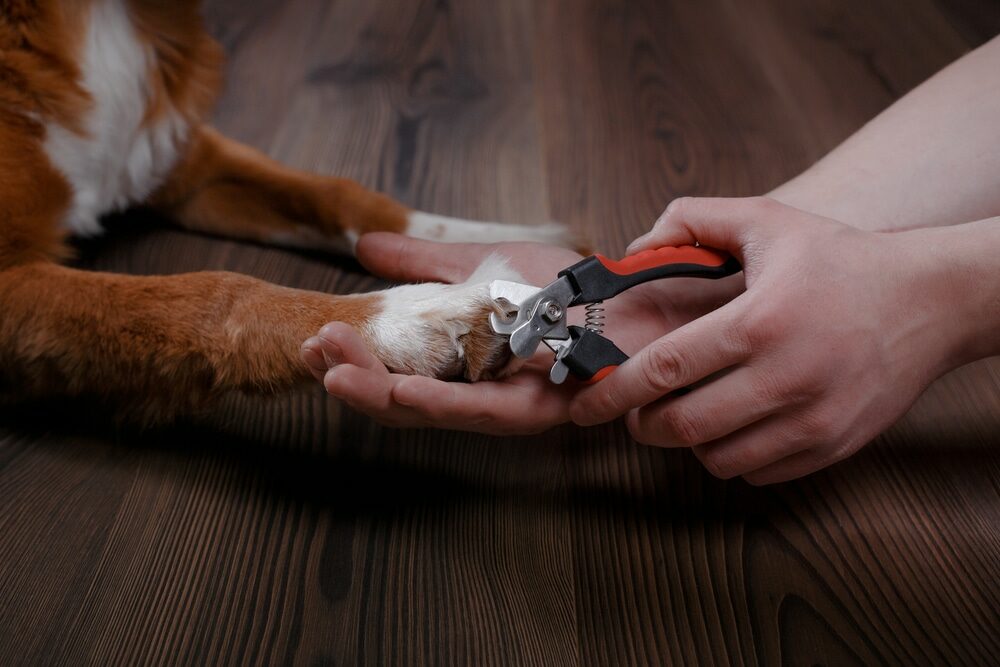
Section 4: Repairing and Refinishing
4.1 Minor Scratches and Dents Minor Scratches and dents can often be repaired using simple techniques. For shallow scratches, use a wood filler or a wax repair kit, followed by a light sanding and reapplication of the finish. For deeper scratches and dents, it may be necessary to sand down the affected area and apply a wood filler before refinishing.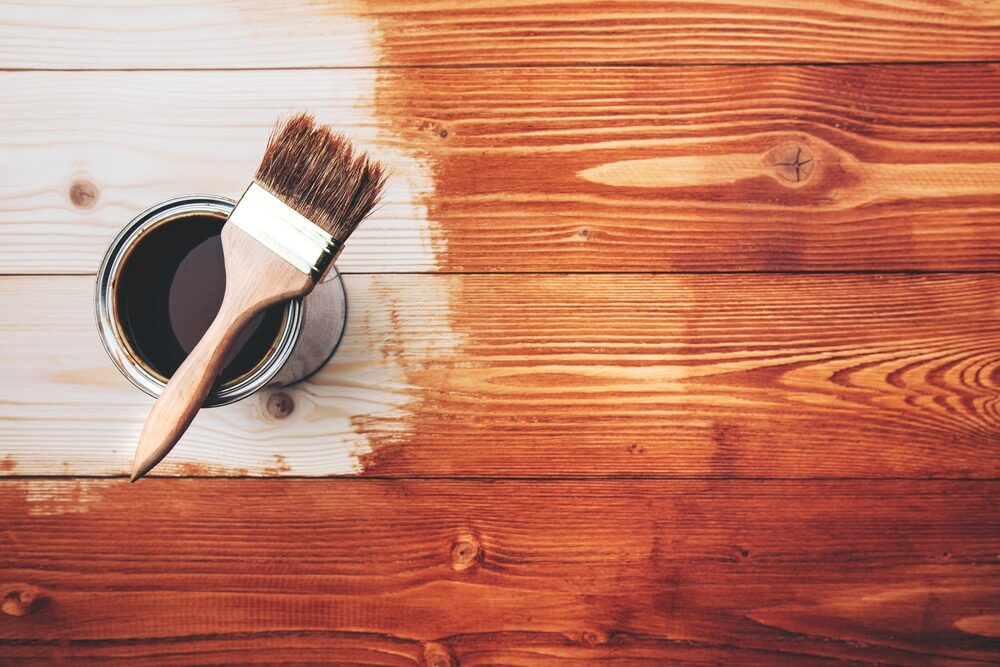
Section 5: Choosing the Right Products and Techniques
5.1 Wood-Specific Cleaners Not all cleaning products are suitable for wooden floors. Some can cause damage, strip the finish, or leave residue. Always use a cleaning solution specifically designed for wooden floors and follow the manufacturer’s instructions for use. 5.2 Avoiding Harsh Chemicals Harsh chemicals, such as ammonia and bleach, can damage the finish on your wooden floors, leading to a dull appearance and reduced durability. Instead, opt for mild, pH-neutral cleaners that won’t harm the wood. 5.3 Polishing and buffing Regular polishing can help maintain the shine of your wooden floors. Use a high-quality wood polish and a buffing pad to achieve a beautiful, glossy finish. However, be cautious not to over-polish, as this can lead to a buildup of polish and a dull appearance.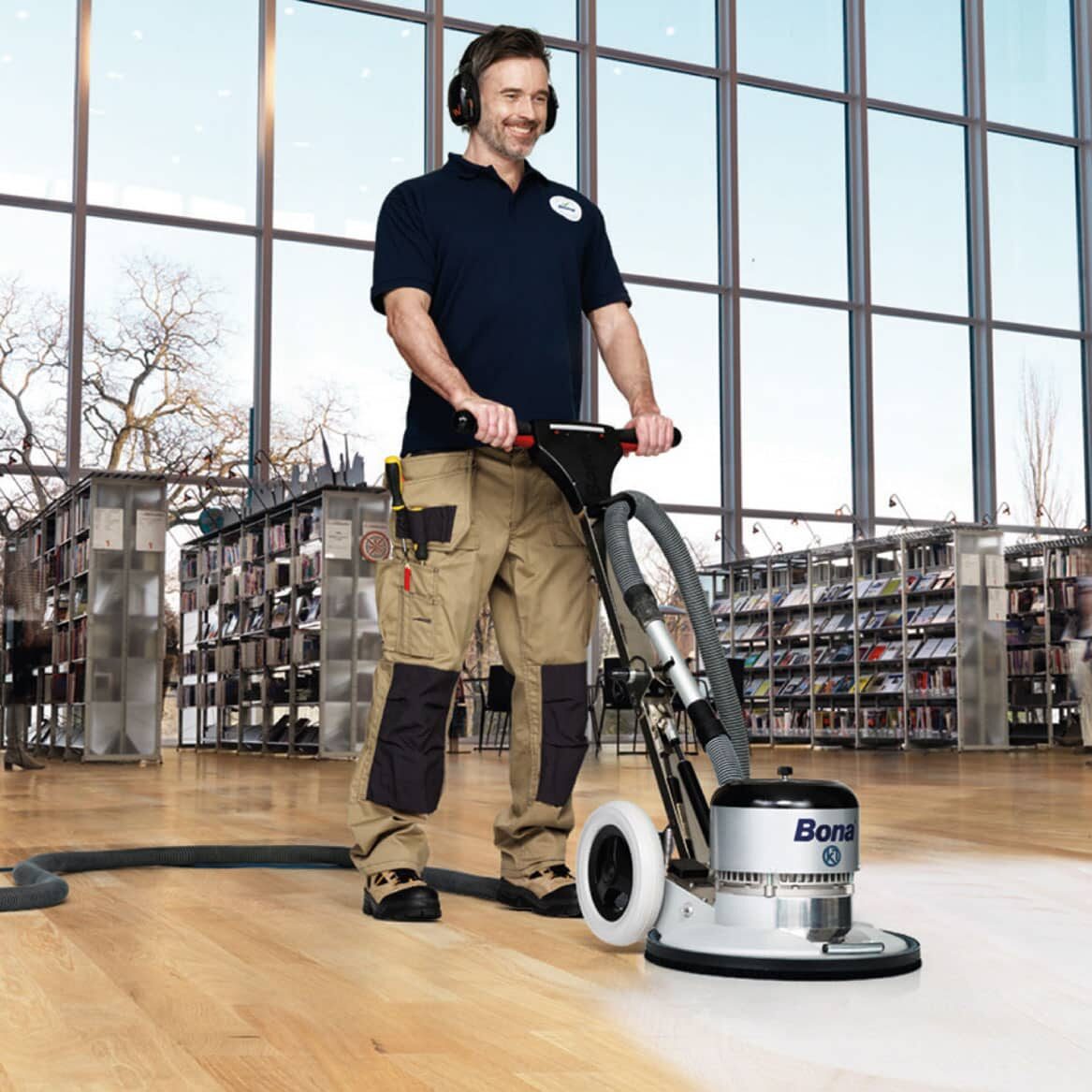
Some Useful Links:
Conclusion Don’t let your wooden floors’ life decrease by neglecting proper care and maintenance. By choosing the right type of wood, establishing a consistent cleaning routine, preventing damage, and repairing and refinishing when necessary, you can ensure your wooden floors remain beautiful and durable for years to come. With a little effort and attention, you can protect your investment and enjoy the timeless appeal of wooden floors in your home.More from our Blog:
What Information Should a Best Floor Sanding Company provide to all customers? What are the Different Types of Wood Floor Sanding and Polishing? Sanding Wood Floor Boards: Essential Tips That Work Wonders
Sanding
We provide virtually dust-free sanding with our continuous belt machinery with mobile extraction units, giving you a safer environment for your family.
Oiling
This organic finish not only adds beauty to your home but also has exceptional water-repellent characteristics, making it easier to clean and maintain.
Waxing
This natural floor finish offers the softest and most mellow appearance – and leaves your floor able to breath.
Buffing
Using soft buffing machines (and hand-polishing where required) will bring a wonderful sheen to your newly-finished floor.
Repairs
We offer a full assessment of your wooden floors to determine what repairs are needed to provide the perfect working surface for the later stages of sanding, staining and sealing.
Restoration
We offer a comprehensive restoration process designed to address floors that are improperly fitted or damaged over time through wear and tear.
Request a fixed price quote for your wood floor restoration now
Simply enter your postcode below to get started.
Services
Wood Floor Sanding Wood Floor Restoration Wood Floor Scratch Repair Squeaky Wood Floor Repair Parquet Floor Sanding Parquet Floor Restoration Commercial Floor Sanding Church Floor Sanding Community Centre Floor Sanding School Floor Sanding Gap Filling Gap Filling with ResinCopyright © Mr Sander®
Privacy & Cookies Terms & Conditions Complaints Procedure Cancellation Rights Sitemap